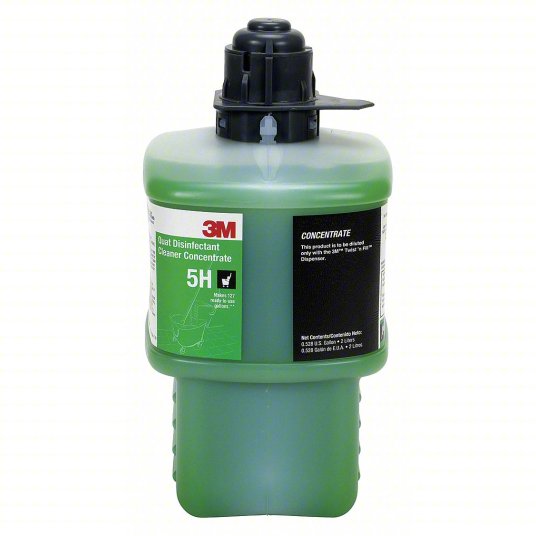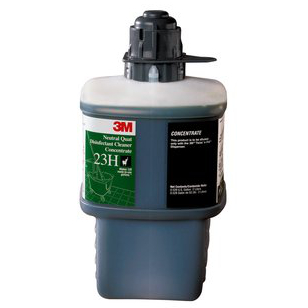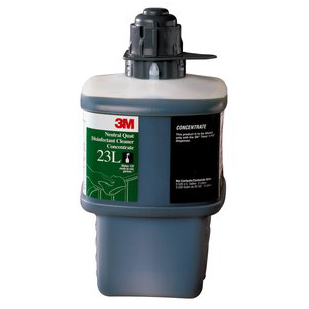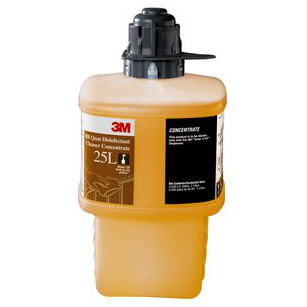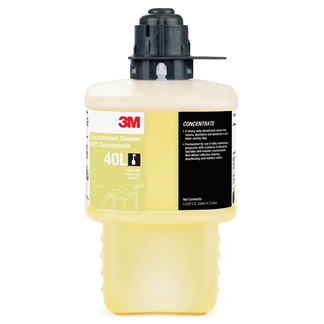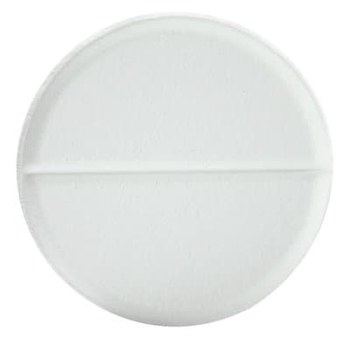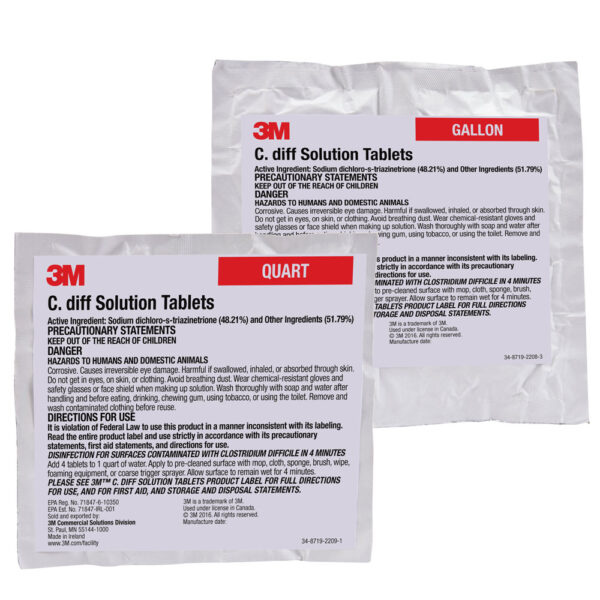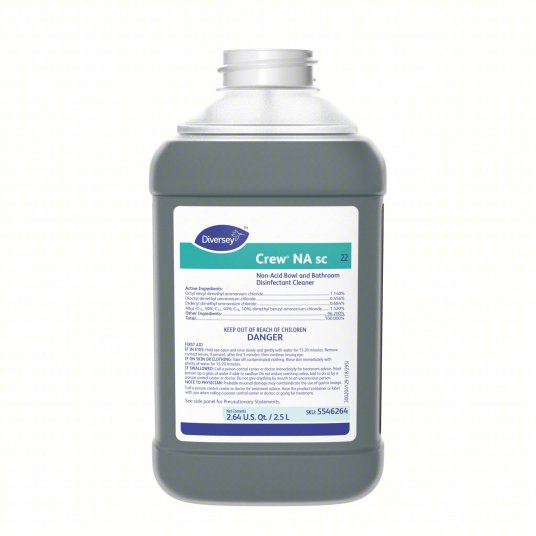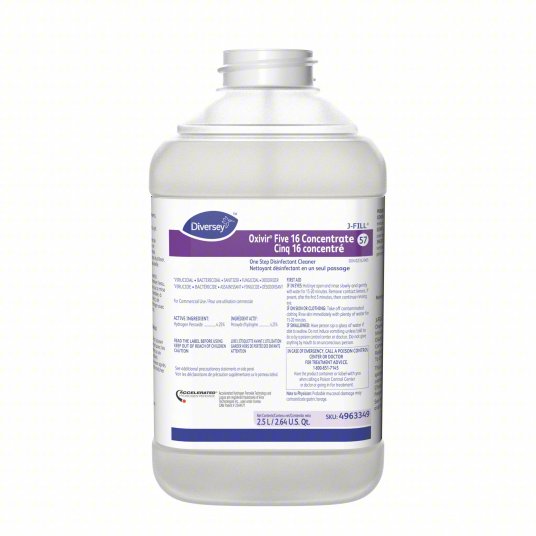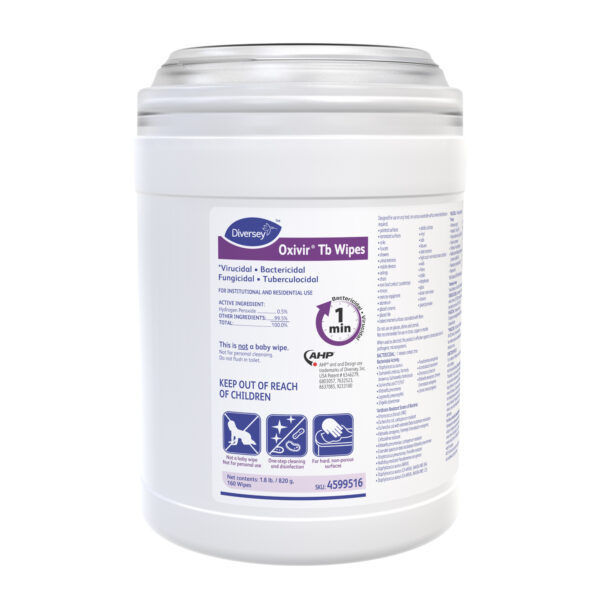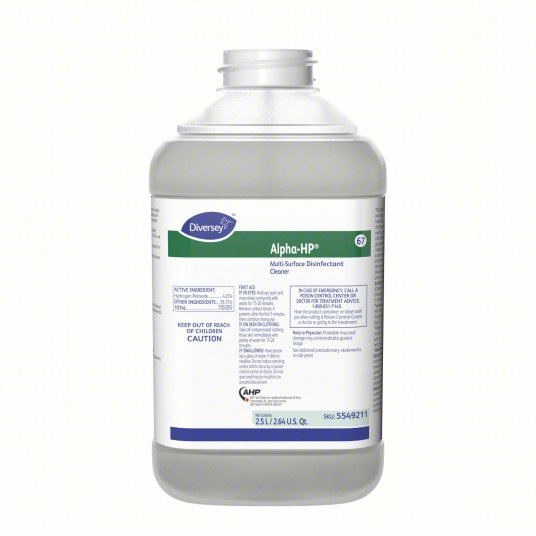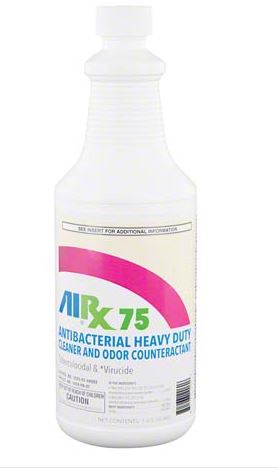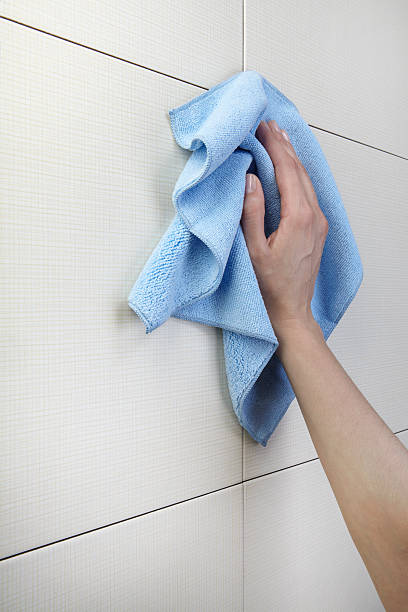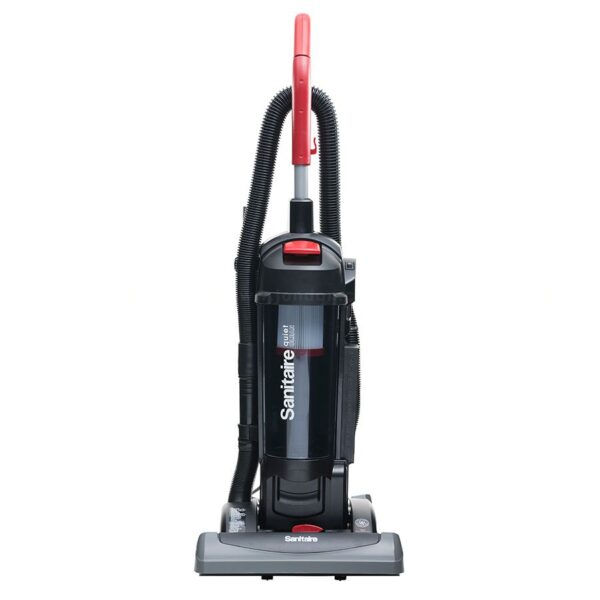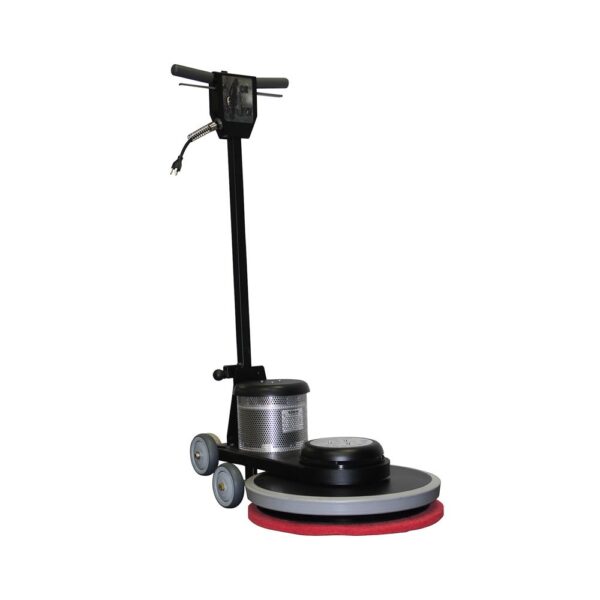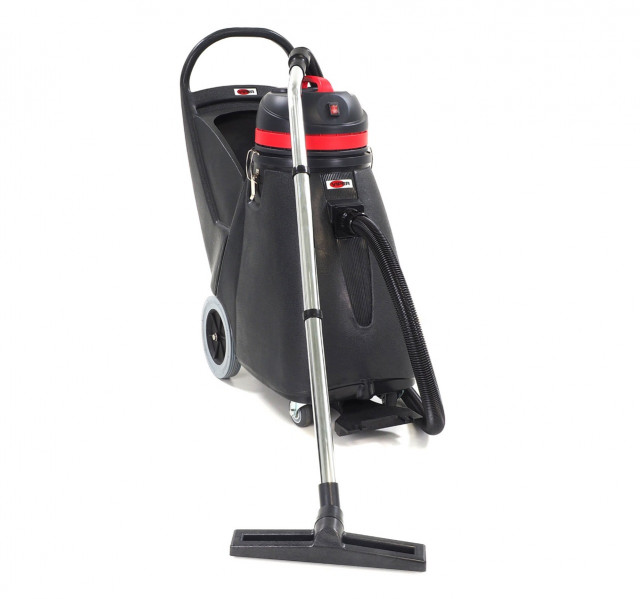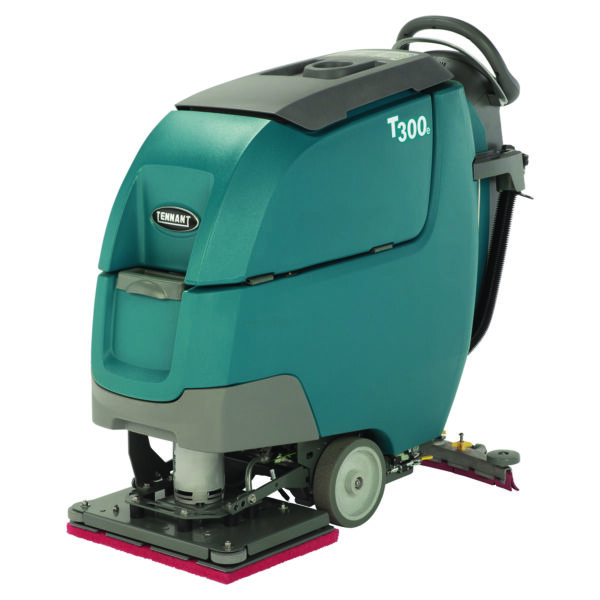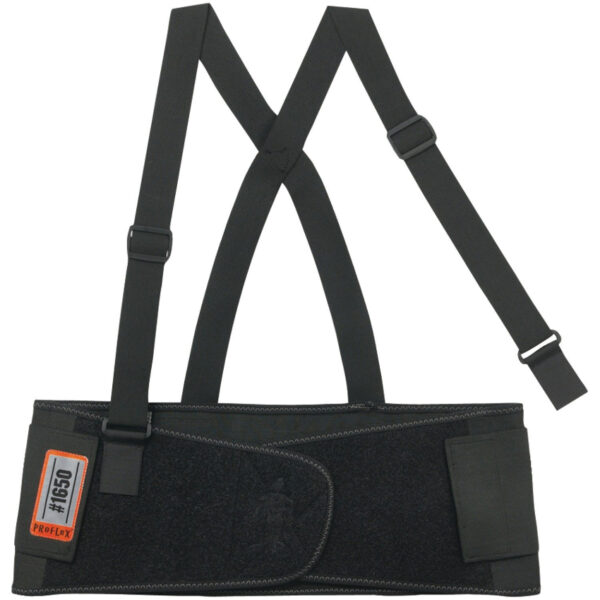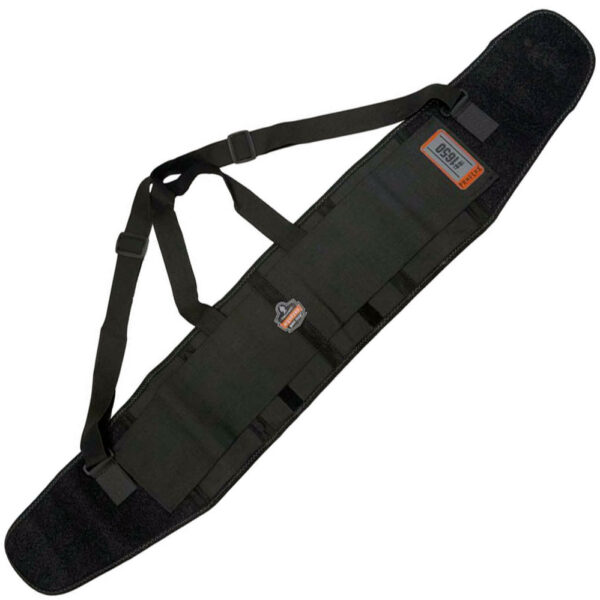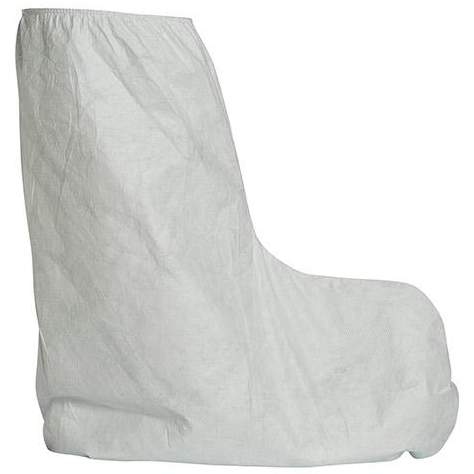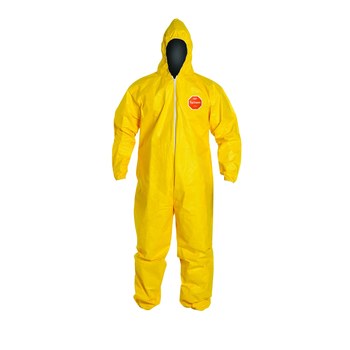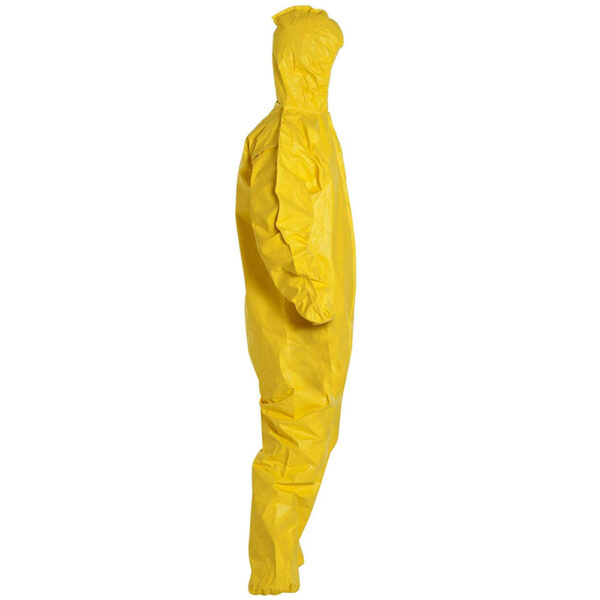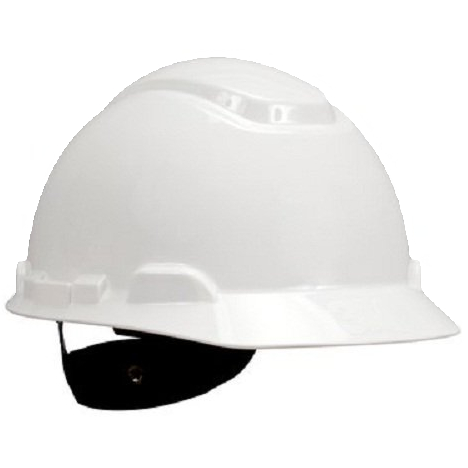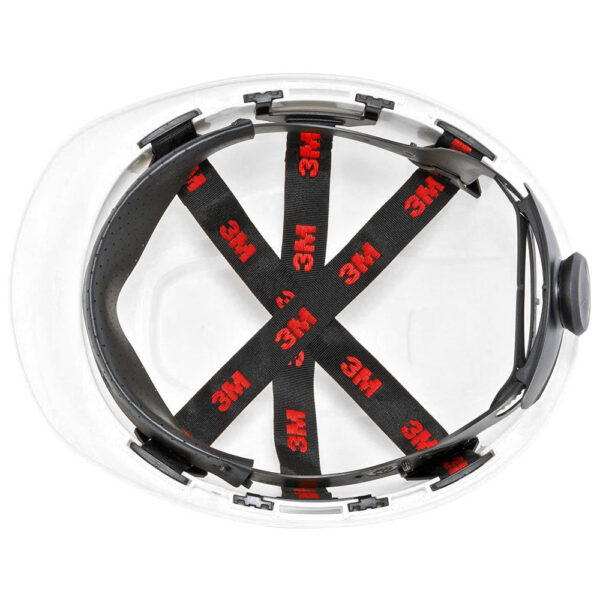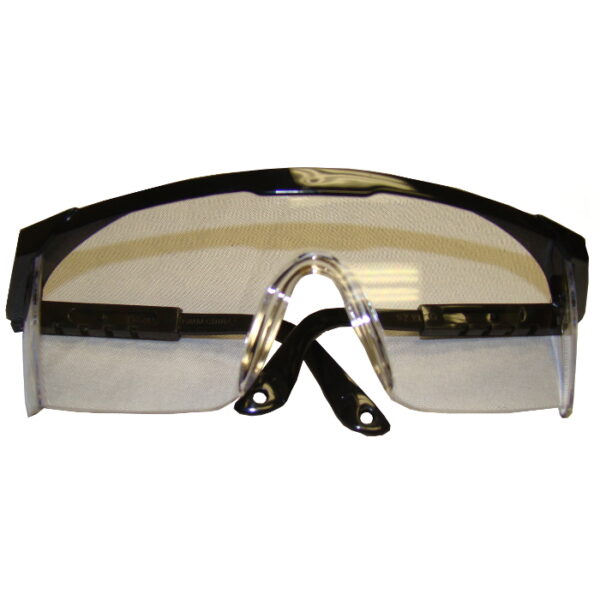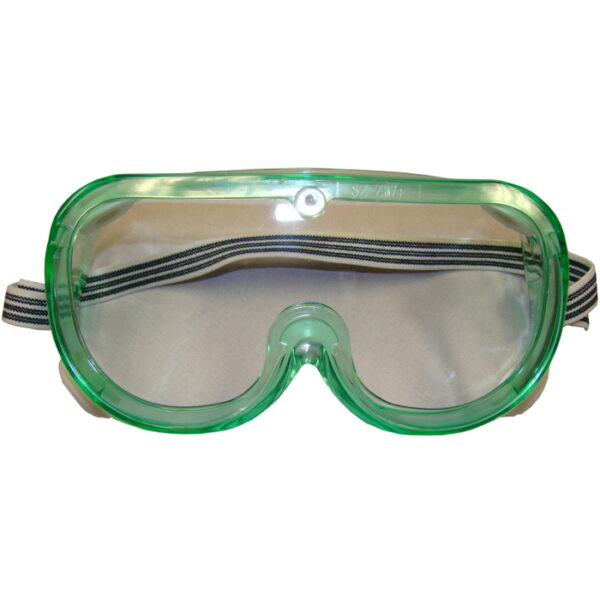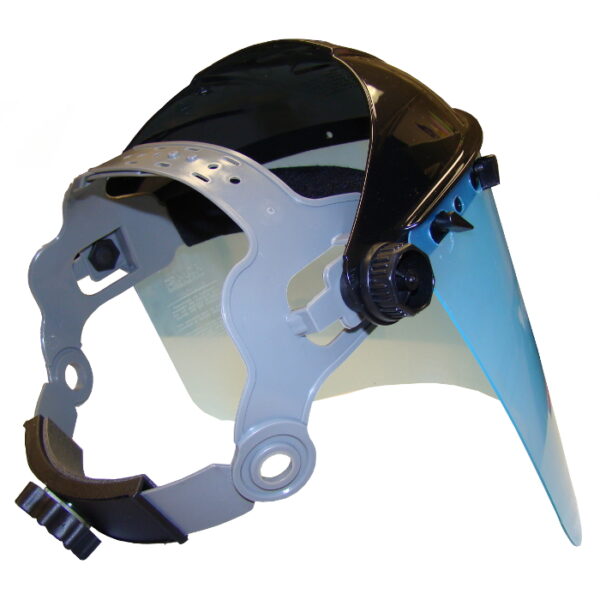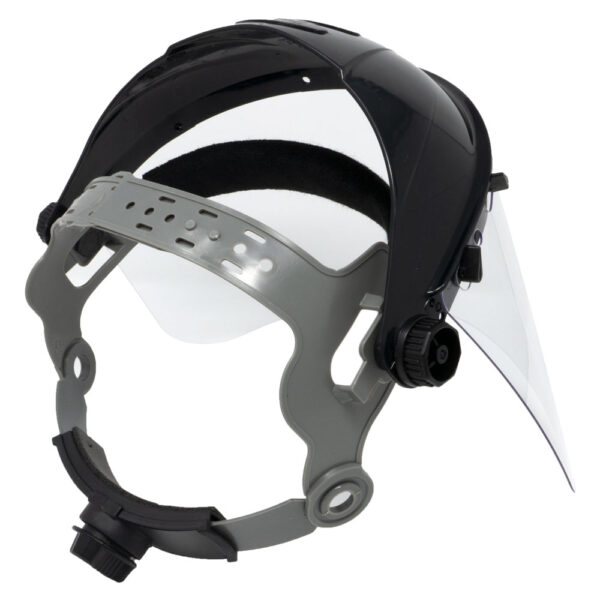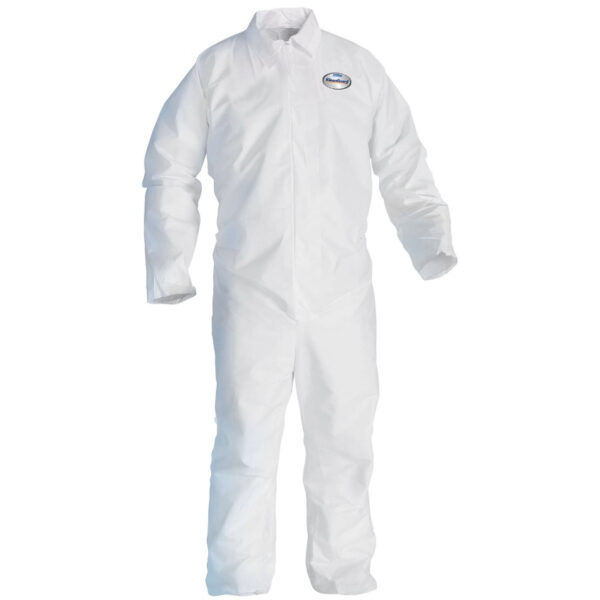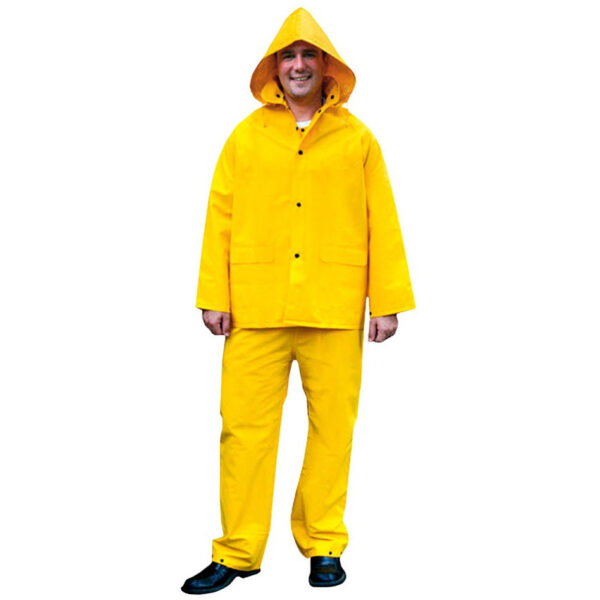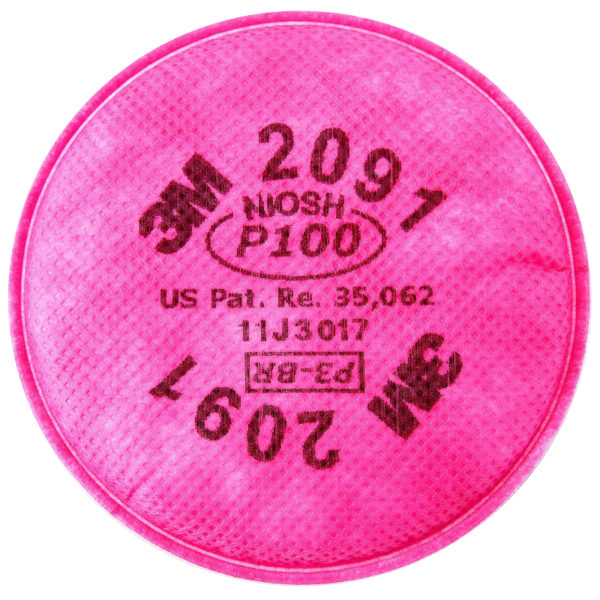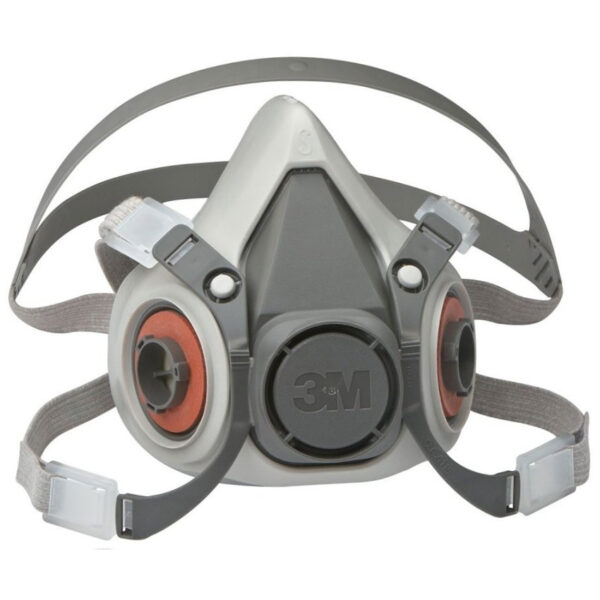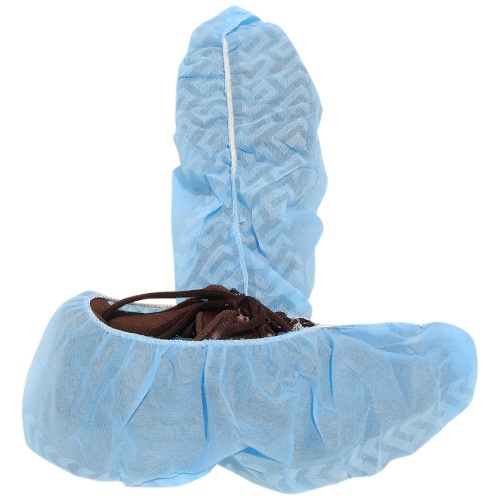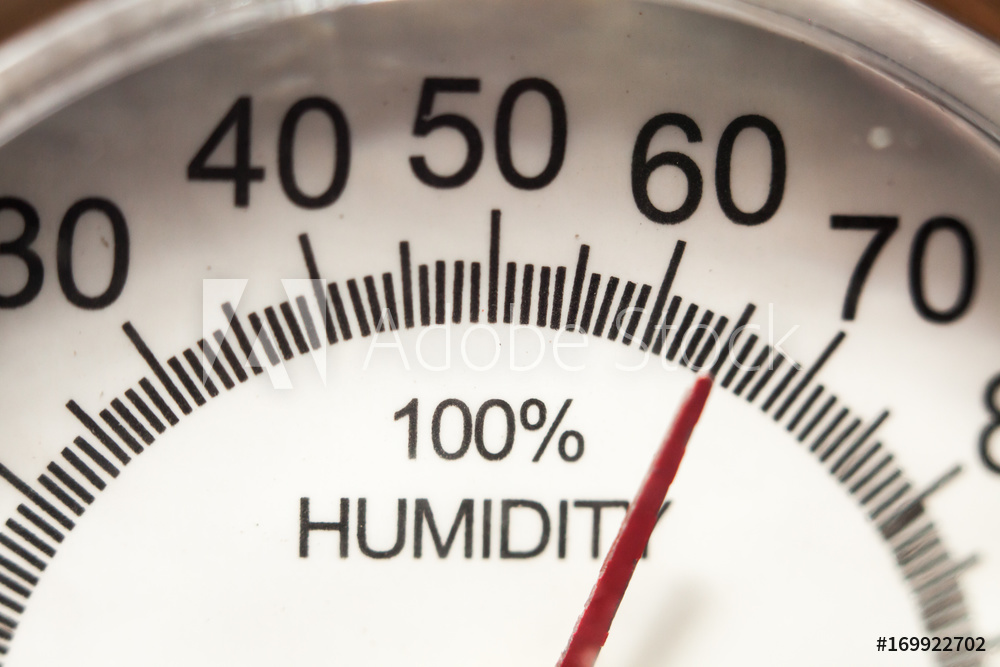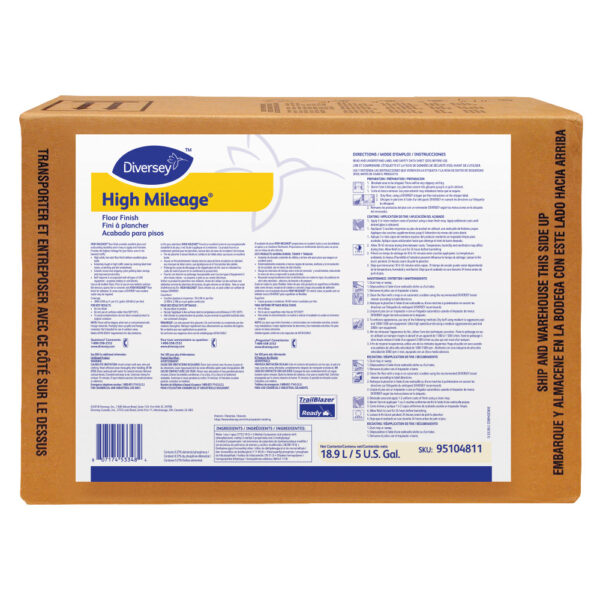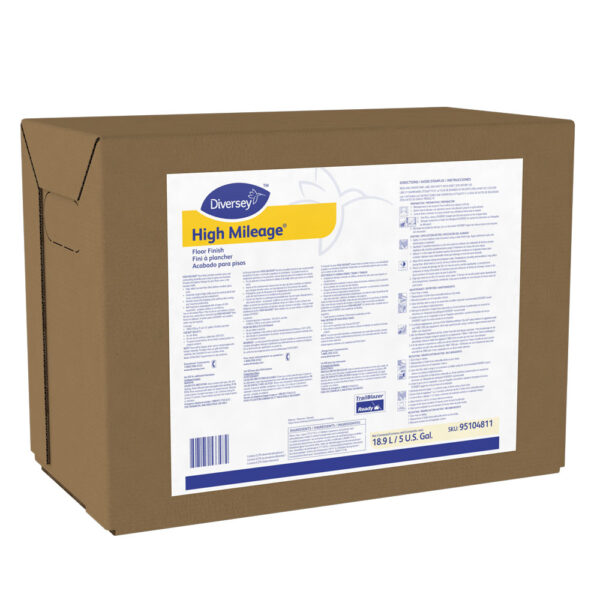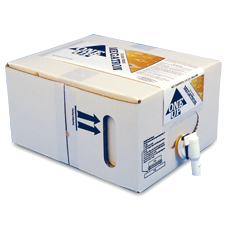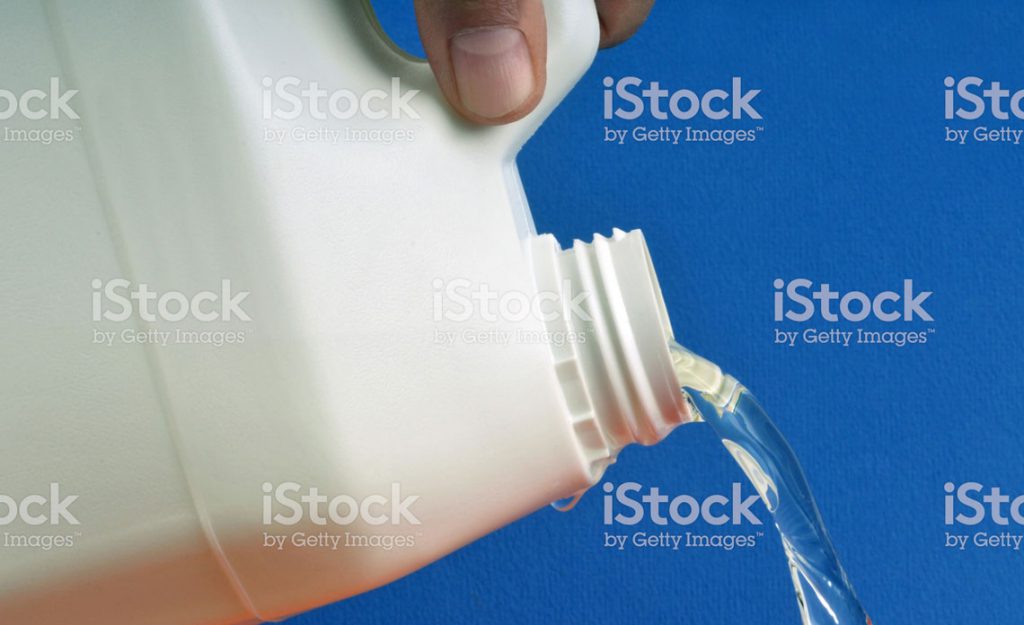The Effects of Temperature & Humidity on Floors
Humidity can have a big impact on the drying and performance of a floor finish – especially during hot summer months. High humidity slows down the evaporation of water from the floor finish’s film. The results of this is a film that is soft, incompletely dry, and prone to scuffing. This is because floor finish dries and hardens from the top surface inward towards the flooring. A floor finish which looks to be dry and feels dry to the touch can still be wet and soft close to the floor itself.
Adequate ventilation during and after applying a floor finish is very important!
Combat high humidity:
If the air in the area being finished is high in humidity, close the windows and run the air conditioner to help lower the humidity. You can also use a surface prep pad to remove floor finish without the need for stripping chemicals.
Combat cold temperatures:
In the winter, turn up the heat to dry out the air and help warm the flooring. The general rule of thumb is that the floor is 10 degrees cooler than the ambient air temperature in the room. So a room heated to 65 degrees may not warm the floor enough to ensure proper film foundation of the finish.
Another important aspect in floor finish drying is the relationship with the solids of the finish. Higher solids finishes result in thicker films developing on the floor and that creates a greater period of drying time required between coats.
Thank you for reading. Please let us know in the comments if there are any questions we can address on temperatures, humidity, or floor finish drying times.
